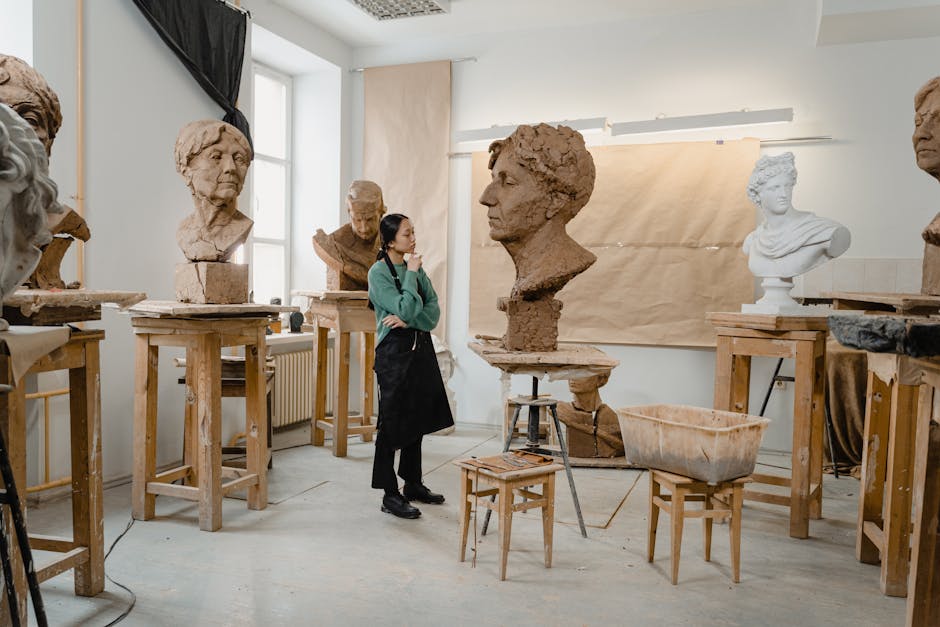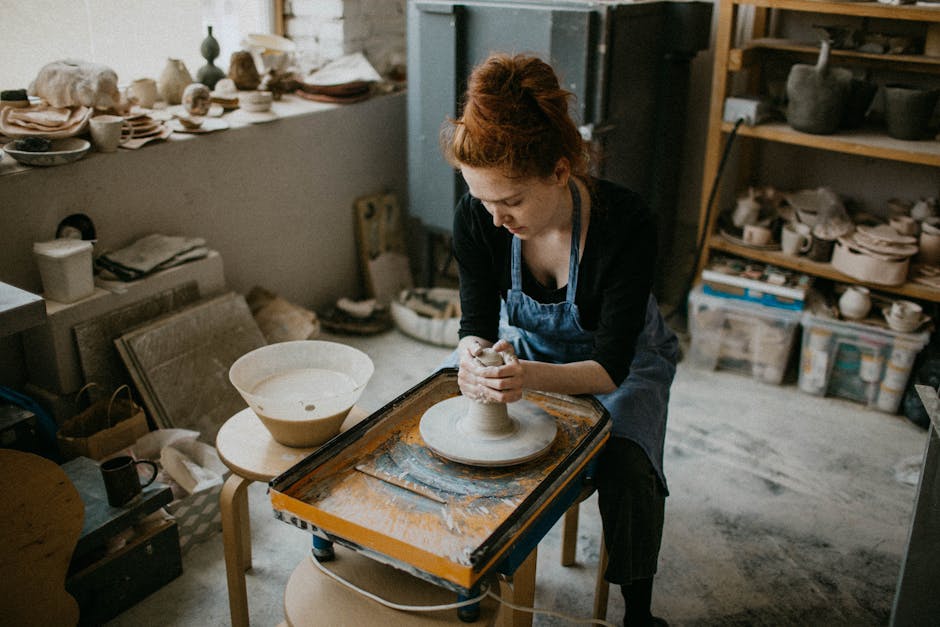Creating Art That Resonates with Audiences
Have you ever looked at a painting and felt an instant connection? Art has a unique ability to touch our hearts and minds. But how do artists create pieces that resonate with audiences? In this article, well explore how to make art that speaks to people and leaves a lasting impression.
What Makes Art Resonate with Audiences?

Art that resonates often tells a story. It connects on a personal level, evoking feelings and thoughts. You might wonder, “How can I tap into my audience’s emotions?” Here are a few key factors:
- Emotion: Art that stirs emotions often leaves a mark.
- Relatability: Viewers connect with themes they understand.
- Authenticity: Genuine expressions often shine through.
Think of a song you love. The lyrics probably speak to your experiences or feelings. Similarly, art that reflects shared human experiences can resonate deeply with viewers.
How Can You Find Inspiration for Your Art?

Finding inspiration can be challenging. You might feel stuck at times. Here are some effective ways to spark your creativity:
- Nature: Take a walk outside. Observe colors and shapes.
- Current Events: Read the news. Many stories evoke strong feelings.
- Personal Experiences: Draw from your life. Your journey matters.
Inspiration can come from anywhere. Keep a journal to jot down ideas or feelings that move you. This can be your treasure trove for future art!
What Techniques Help Communicate Your Message?

Once you have your inspiration, it’s time to communicate your message. Here are a few techniques to consider:
- Color: Colors can evoke emotions. Warm tones like red and yellow create energy, while blues and greens offer calm.
- Composition: How you arrange elements in your art matters. A balanced piece feels harmonious.
- Symbolism: Use symbols to deepen meaning. A simple object can convey complex ideas.
For example, Van Goghs Starry Night uses swirling colors to express emotion and movement. The painting speaks to feelings of hope and turmoil.
How Important is Storytelling in Art?

Storytelling is at the heart of resonant art. People love stories. They help us understand and connect. Heres how to incorporate storytelling into your art:
- Character: Introduce a character or a subject that has depth.
- Conflict: Present a challenge or conflict. This engages viewers.
- Resolution: Show resolution or growth, creating a journey.
Think about your favorite movies or books. They all share a narrative that draws you in. By telling a story through your art, you can create a similar connection.
What Role Does Audience Feedback Play?
Connecting with your audience is crucial. Feedback can guide your artistic journey. Heres how to engage with your viewers:
- Observation: Watch their reactions. What emotions do they express?
- Conversations: Talk to viewers. Ask what they feel or think.
- Critiques: Seek constructive criticism. It can help you grow.
Consider hosting a small exhibition or sharing your work online. Platforms like Instagram allow you to showcase art and receive immediate feedback.
How Can You Build Your Unique Style?
Your style is your signature. It sets you apart from other artists. Here are steps to develop it:
- Experiment: Try different styles and mediums. don’t be afraid to fail.
- Study: Analyze artists you admire. What techniques do they use?
- Reflect: Think about what you love and what resonates with you.
Building a unique style takes time. Remember, it’s okay to evolve. Your style will grow as you do.
Why is Authenticity Essential in Art?
Authenticity is about being true to yourself. it’s tempting to copy what’s popular, but that may not lead to genuine connections. Heres why authenticity matters:
- Trust: People are drawn to genuine expressions. They can sense when something is real.
- Connection: Authentic art often resonates more deeply.
- Fulfillment: Creating authentic work can be more rewarding.
Remember the famous artist Frida Kahlo? Her art was deeply personal and reflected her struggles. This authenticity helped her connect with many people, even today.
What are Actionable Takeaways for Creating Resonant Art?
Creating art that resonates requires thought and effort. Here are some key takeaways:
- Find inspiration everywhere. Keep your eyes and heart open.
- Use color, composition, and storytelling to communicate.
- Engage with your audience and learn from their feedback.
- Develop your unique style while remaining authentic.
Remember, your art can inspire and connect people. Don’t hesitate to express yourself!
Where Can You Learn More About Art and Audience Engagement?
If you want to dive deeper into art creation and audience connection, consider checking out resources like The Art Story for valuable insights. You can also explore local art classes or online platforms for further learning.
Final Thoughts: Creating art that resonates takes practice. Embrace your journey, learn from others, and most importantly, be true to yourself. Your art can make a difference!



